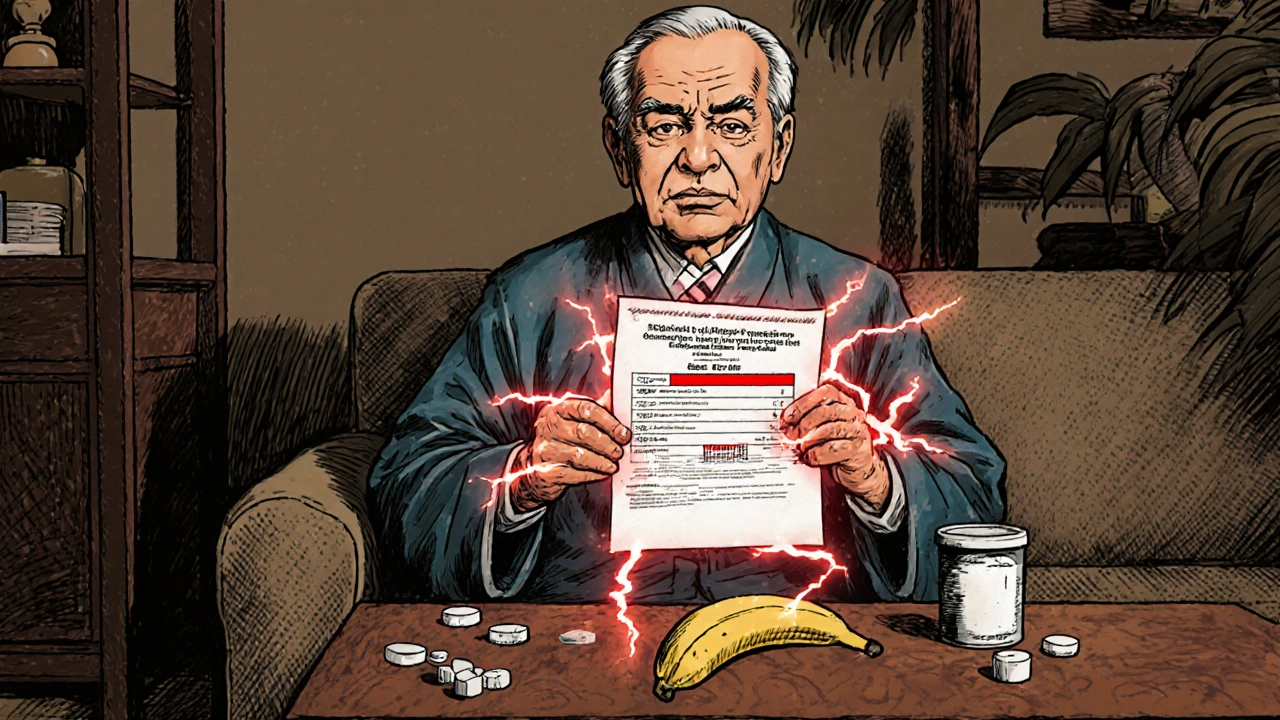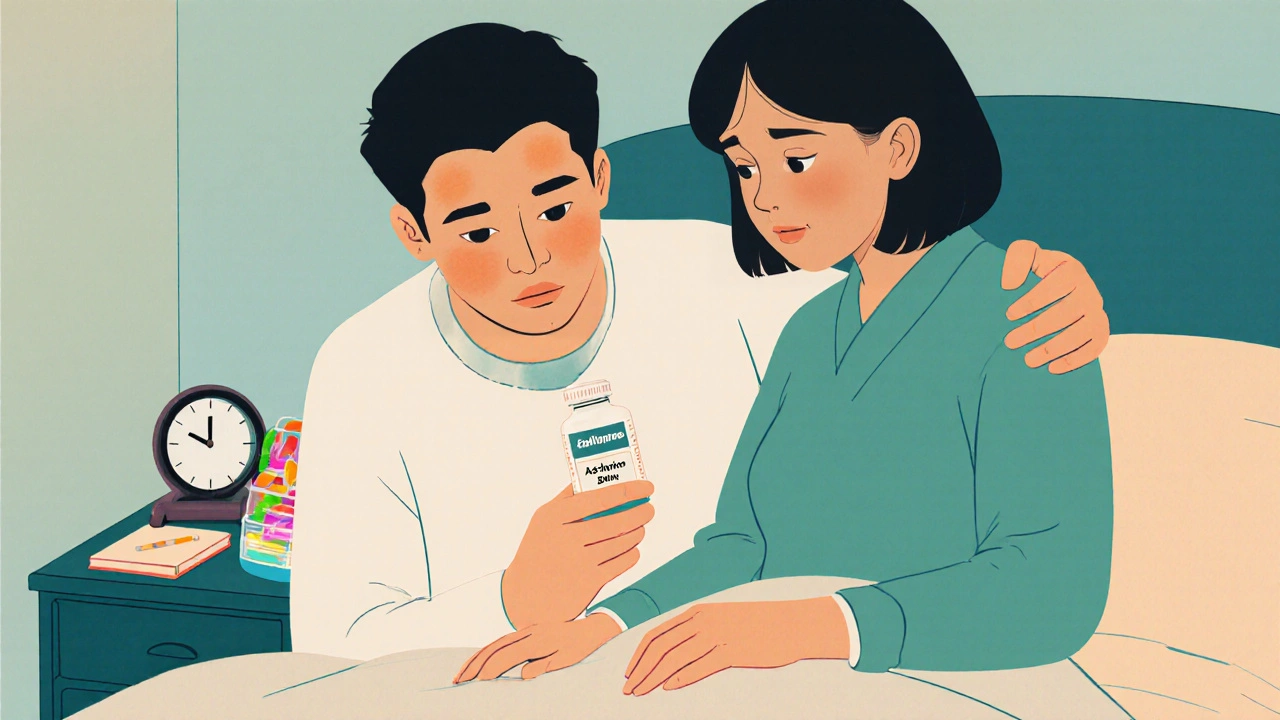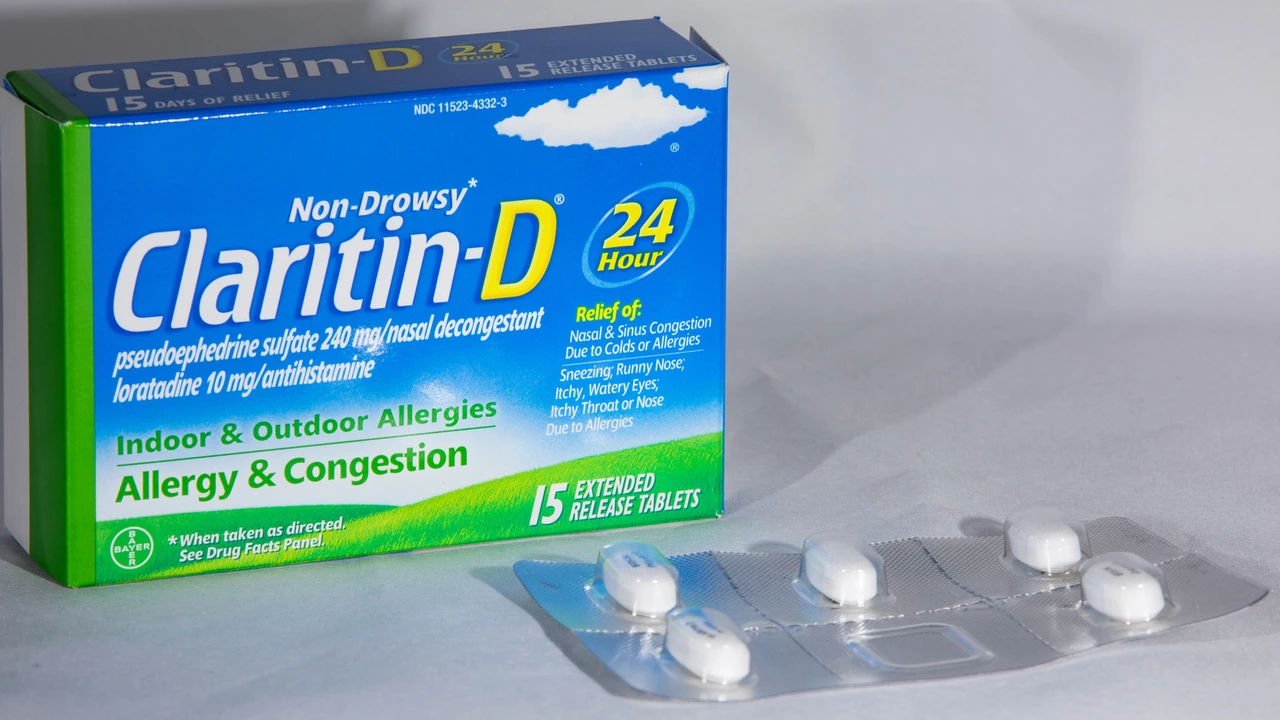Medication Side Effects: What to Watch For and How to Handle Them
Side effects are the downside of medicines — even helpful drugs can cause unwanted symptoms. Knowing what to expect, how to cut risk, and when to act keeps you safer and saves stress. This guide gives clear, practical steps so you can use meds with fewer surprises.
Common side effects are often mild: nausea, drowsiness, headache, upset stomach, dizziness, or minor rashes. Timing matters — some appear right after a dose, others build over weeks. Note which symptom started, how long it lasted, and whether stopping or changing the dose helped.
How to reduce your risk
Read the patient leaflet every time you start a new medicine. Take drugs exactly as prescribed. Start at the lowest effective dose when possible and avoid mixing medicines with alcohol. Keep a current medicine list that includes prescriptions, over‑the‑counter drugs, vitamins, and supplements. Use one pharmacy if you can — pharmacists spot dangerous interactions fast.
Ask your doctor about common side effects and which ones need tests like blood work or liver checks. For drugs that cause dizziness or drowsiness, avoid driving until you know how the medicine affects you. If a medicine makes your stomach upset, taking it with food or switching the time you take it can help.
When to get urgent help
Some reactions need emergency care: trouble breathing, swelling of the face or throat, fainting, fast irregular heartbeat, sudden severe rash, yellow skin or eyes, dark urine, or heavy bleeding. If you have suicidal thoughts after starting an antidepressant, contact your doctor or emergency services right away. For less severe but worrying problems, call your prescriber or pharmacist and describe exactly when the symptom began and what else you took.
Track side effects in a simple journal or phone note. Record date, dose, how you felt, and any other medicines taken. Photos help with rashes. This record makes it easier when you talk with a clinician and speeds up finding safer options.
Want deeper reads? Check our articles on Flexeril for muscle relaxant risks, Atorlip 10 for statin side effects, the acetaminophen safety guide, and pieces on prednisone alternatives or gabapentin substitutes. Those pages show risk details and real ways people managed side effects.
Final quick tips: keep medicines in original containers, check expiry dates, store them safely away from kids, and ask before stopping a prescribed drug. If something feels wrong, speak up — it’s the fastest way to fix problems and avoid harm.
If you suspect a serious side effect from an online purchase or a foreign pharmacy, keep the packaging, note batch numbers and where you bought it, and tell your healthcare provider. Many countries allow reporting to a medicine safety database — that helps catch unsafe batches fast. Ask your pharmacist about cheaper alternatives that have lower side effect risks. Small changes — timing, dose, or swapping drugs — often fix problems without losing benefit.
Keep copies of test results and medication changes. Share updates with your family and care team.




